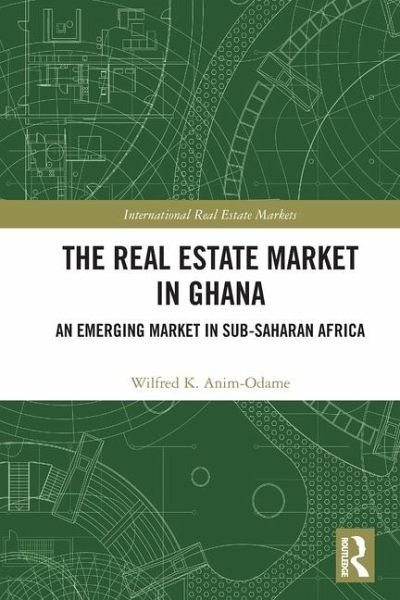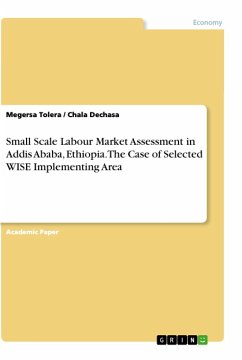
Wilfred K. Anim-Odame
Broschiertes Buch
The Real Estate Market in Ghana
An Emerging Market in Sub-Saharan Africa
Versandkostenfrei!
Versandfertig in 1-2 Wochen

PAYBACK Punkte
37 °P sammeln!




This book seeks to fill the information gap on a key emerging real estate market and demystify the perception that the market in Ghana and indeed across sub-Sharan Africa is opaque.
Dr. Wilfred K. Anim-Odame has over 30 years of experience in the real estate industry. He is a Senior Technical Advisor at the National Development Planning Commission in Ghana. He served as the Director of the Land Valuation Division, an analogous role of the Valuer-General of the Republic of Ghana, from September 2010 to May 2012, and later as the Executive Secretary (Chief Executive Officer) of the Ghana Lands Commission between 2012 and 2018. He strategically transformed the Land Valuation Division and Lands Commission, and also championed the automation of land services delivery. He has been an external examiner for undergraduate and graduate studies as well as PhD research at the Department of Land Economy, Kwame Nkrumah University of Science and Technology (KNUST), Kumasi, Ghana, since 2011. He is a Chartered Valuer with a diverse background in land economy, property investment and finance. He is also a Member of the Royal Institution of Chartered Surveyors (MRICS) and Fellow of the Ghana Institution of Surveyors (FGhIS). He has published extensively in peer-reviewed journals, and delivered presentations at many international platforms, including the American Real Estate Society; World Bank/IMF/LSE/GWU policy workshop; International Growth Centre at the London School of Economics and Political Science; European Real Estate Society; African Real Estate Society; and International Federation of Surveyors (FIG). Dr. Anim-Odame serves as a member of the Advisory Board of the Banking, Risk and Intermediation (BRI) Research Group of Durham University Business School, United Kingdom, and is a Commonwealth Secretariat scholar.
Produktdetails
- Verlag: Routledge
- Seitenzahl: 148
- Erscheinungstermin: 29. Januar 2024
- Englisch
- Abmessung: 234mm x 156mm x 8mm
- Gewicht: 237g
- ISBN-13: 9780367672522
- ISBN-10: 0367672529
- Artikelnr.: 69926652
Herstellerkennzeichnung
Libri GmbH
Europaallee 1
36244 Bad Hersfeld
gpsr@libri.de
Für dieses Produkt wurde noch keine Bewertung abgegeben. Wir würden uns sehr freuen, wenn du die erste Bewertung schreibst!
Eine Bewertung schreiben
Eine Bewertung schreiben
Andere Kunden interessierten sich für











